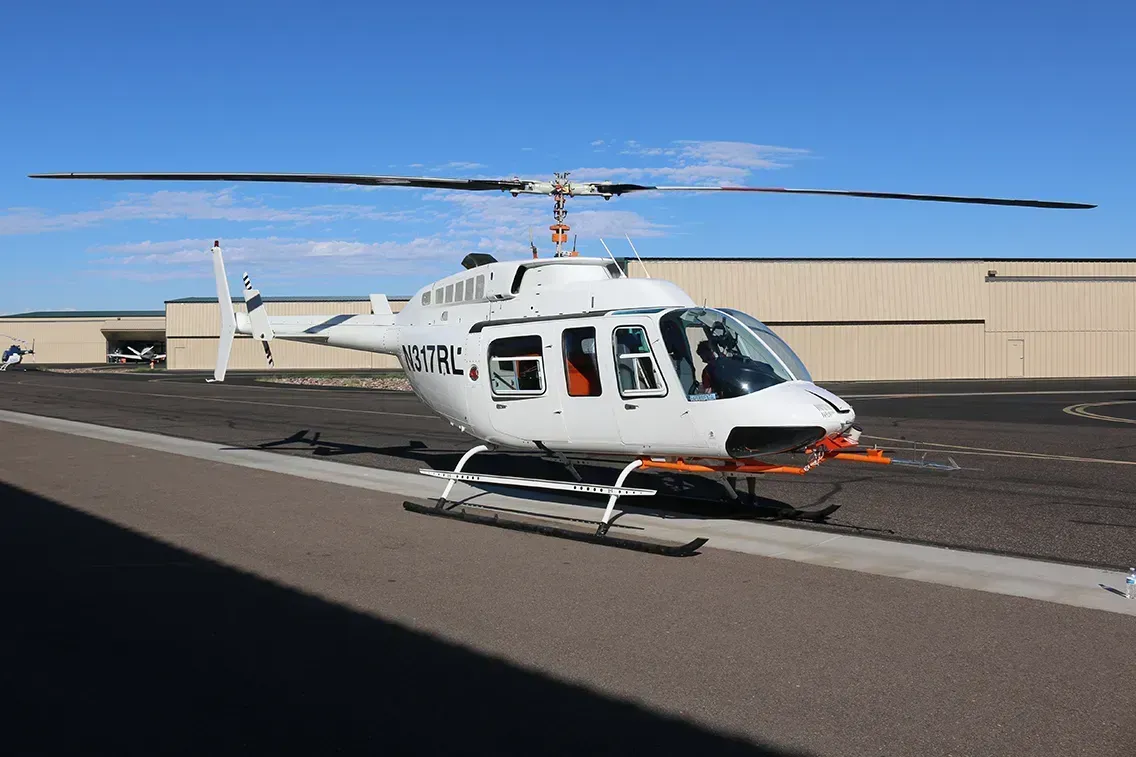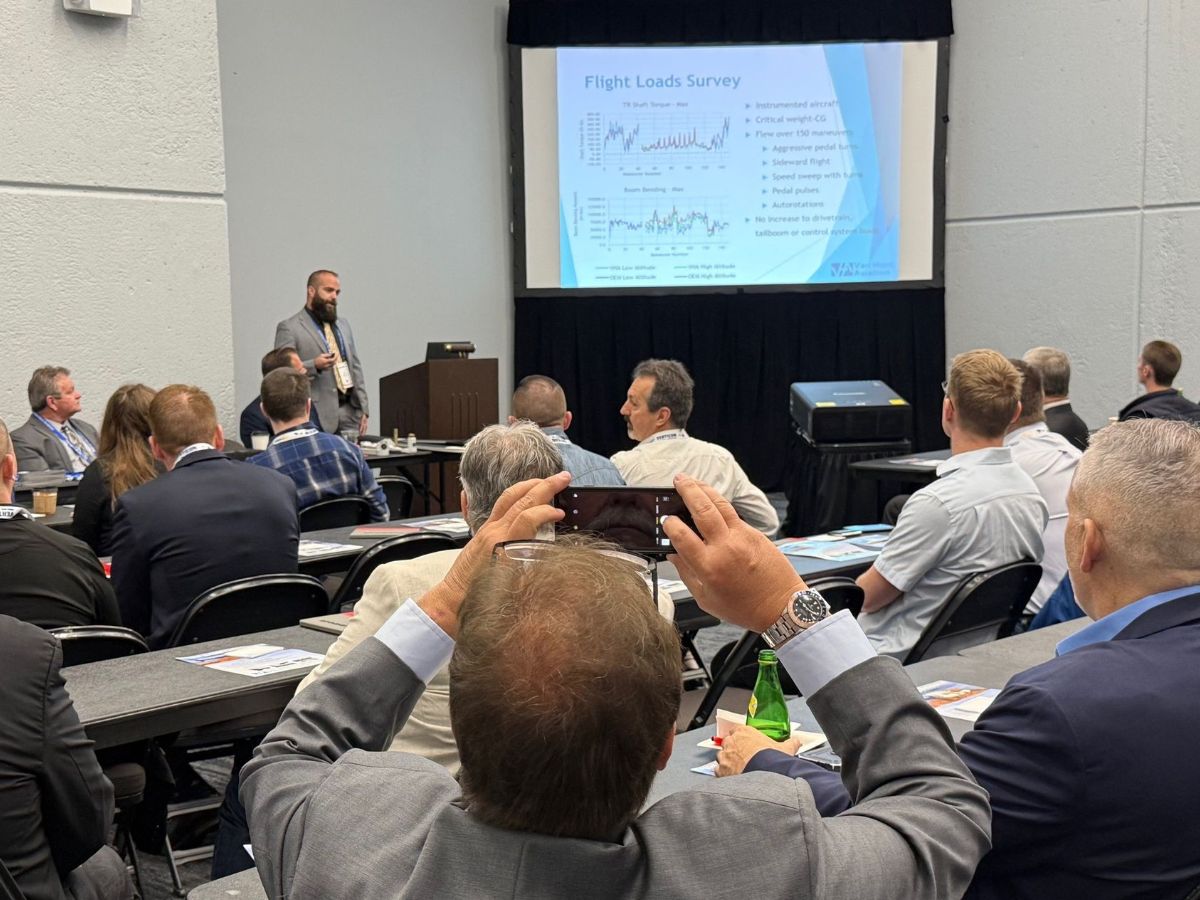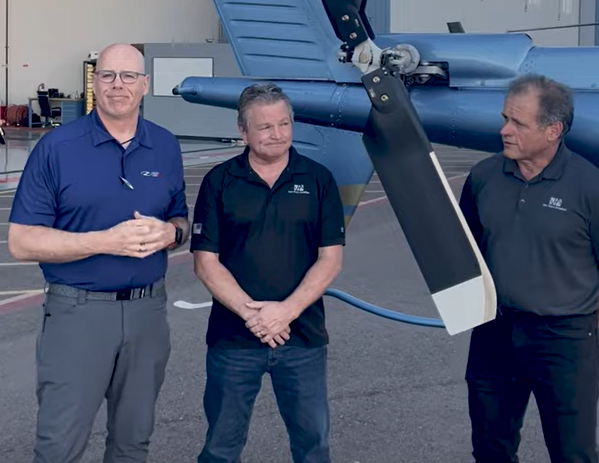1510 W. Drake Drive, Tempe, Arizona USA 85283
Spotlight on Quantum Helicopters
Based in the stunningly beautiful Coast Mountains of Northwest British Columbia in Canada,
Quantum Helicopters Ltd operates a small fleet of Bell 206B JetRanger, Bell 206L LongRanger, and Airbus H125 (Eurocopter EC350 AStar) helicopters.
While Quantum works primarily in the Northwest bordering on Alaska, client requests have taken its helicopters across Canada and into the high arctic regions of the country. Quantum’s highly qualified staff support a wide variety of industries. Year-round support of the tourism industry provides access to remote fishing locations in world class waters, and mountain top cabins for those heli-ski adventure seekers. Environmental monitoring includes fish counts, poaching patrols and archaeology, made possible with helicopters outfitted to suit the rugged terrain. Forestry, mineral exploration, oil/gas, and maintenance services are available to meet the needs of life and industry in western Canada.
Quantum Helicopters was the first Canadian operator to install and fly VHA’s 206L Long Ranger main rotor blades earlier this year (2019). Quantum Director of Maintenance Barclay Macdonald assisted with the blades’ installation, with pilot Melody Steele on hand to fly the first flights. “It was amazing how beautifully balanced and smooth our VHA blades were and the miniscule adjustments they required,” said Steele. “There were zero difficulties in setting up the new VHA blades.”
“The Van Horn blades were almost perfectly balanced to one another,” said McDonald. “The static balance was almost over before it began with only the smallest of weight put into one blade bolt and no need for sweep. Once the pitch links were set to satisfactory hover vertical vibration at .05 ips, the machine was smoothed to .12 ips at 130 mph with only 1-1/2 degree of up tab to a single outboard tab.”
Quantum has put more than 150 hours of service on the blades, and the staff has noticed differences between the OEM metal blades and the new VHA composite blades. “The biggest change for us is the sound difference,” said McDonald. “It’s lost its thump and now has a whispy-whisp sound. It’s also gone from not very good ride quality to fantastic ride quality.”
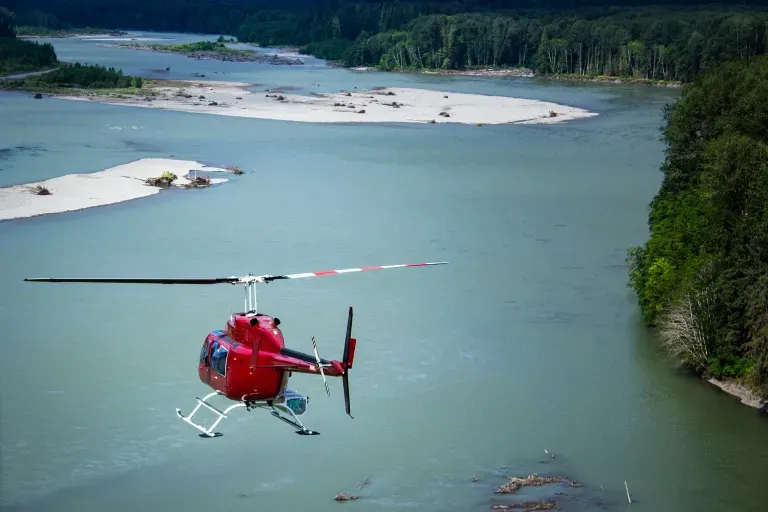
Steele also commented on the ride quality of the Van Horn blades. “As you begin to lift into that first hover, you feel that you are simply floating into the air,” Steele said. “Entering translational lift, the aircraft seems to effortlessly climb skywards. In general, there is an overall improved smoothness to the aircraft with the blades producing a different ‘feel’ in the cabin. This smoothness is consistent in all aspects of flight and we are convinced our customers will appreciate it just as much as we do.”
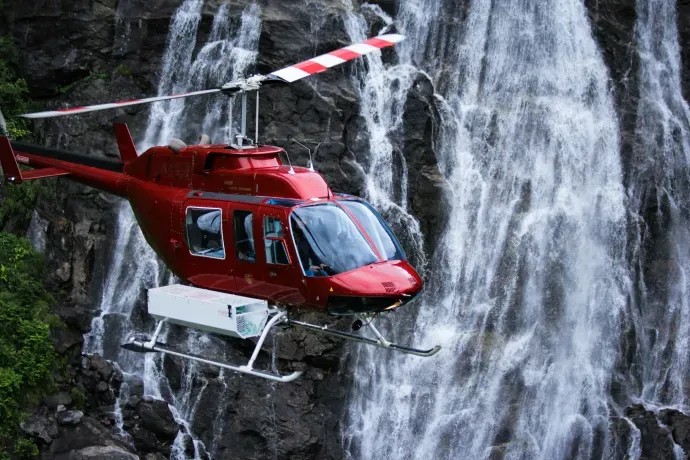
In addition, as minor as it may seem to some people, Steele says that the new tie down setup for the blades has been an unexpected bonus. “It’s eliminated what can sometimes be a struggle tying down the blades,” Steele said, “Especially in windy weather and particularly for the short folks!”
SHARE THIS POST:
